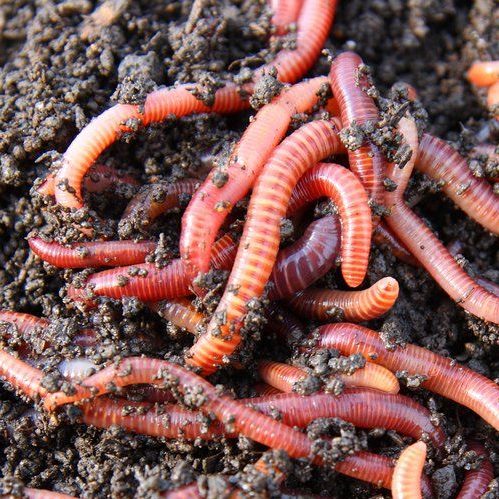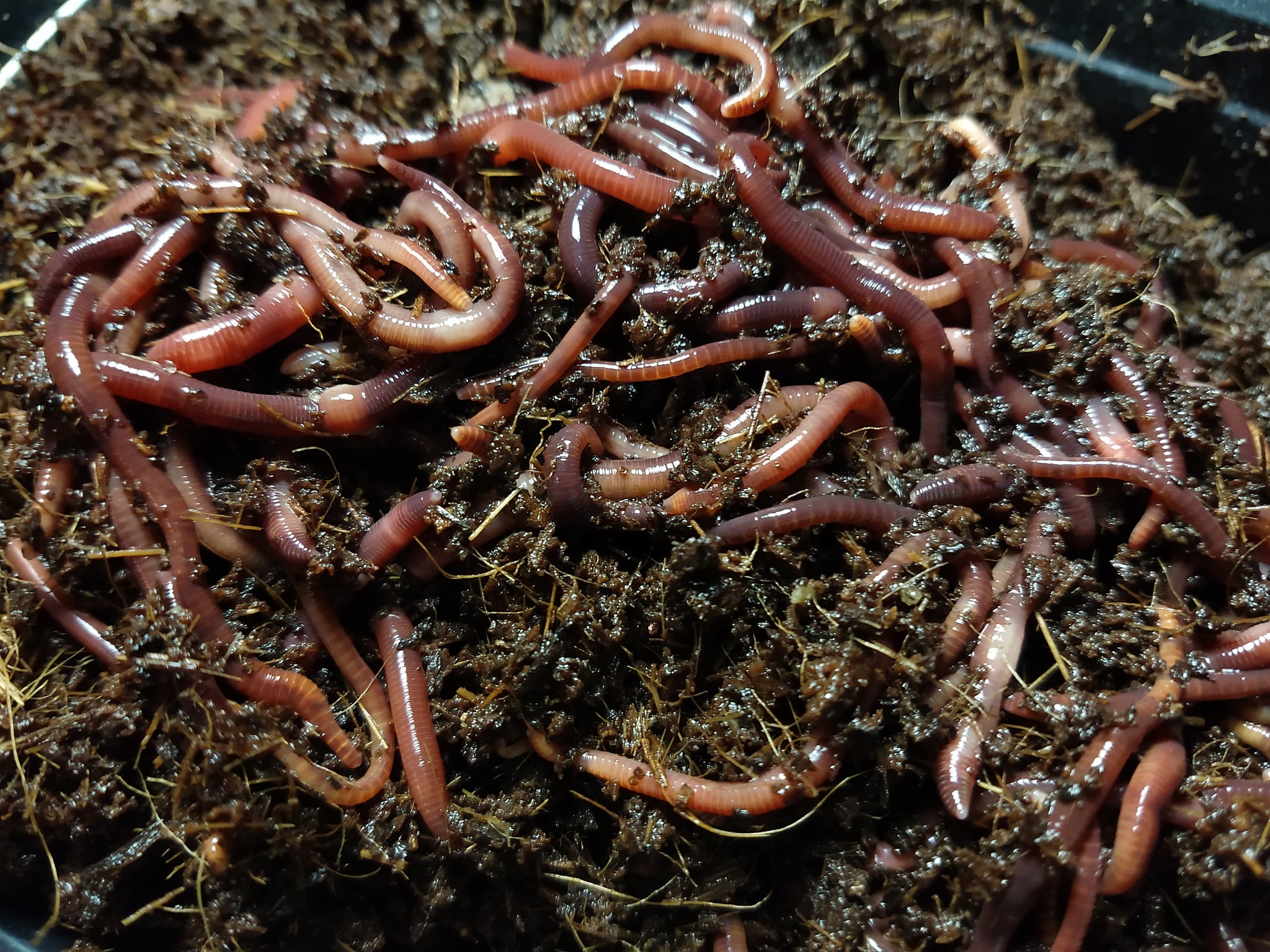Lake Hickory Bait: Trusted Supplies for Every Type of Fishing
Red Wigglers: The Unsung Heroes of Organic Waste Recycling
Red wigglers, or Eisenia fetida, offer as crucial representatives in the organic waste reusing procedure, transforming discarded materials into important vermicompost. As the globe significantly looks for remedies to combat waste build-up and improve farming productivity, comprehending the duty of these worms ends up being necessary.
What Are Red Wigglers?
The exceptional resilience of red wigglers, clinically called Eisenia fetida, highlights their vital function in natural waste recycling. These little, reddish-brown earthworms are commonly discovered in disintegrating organic matter, such as compost heap and manure loads. Lake Hickory Bait. Unlike other earthworm varieties, red wigglers grow in nutrient-rich settings and are very effective at damaging down organic materials, making them necessary for vermicomposting

(Red Wiggler Express)In addition to their function in waste decrease, red wigglers add to dirt health by enhancing soil structure and aeration through their burrowing tasks (Lake Hickory Bait). Their existence in composting systems not just boosts decay prices yet also promotes a sustainable approach to waste management, showing their relevance in environmental preservation efforts
Advantages of Composting With Worms
Composting with worms, particularly red wigglers, uses numerous benefits that boost both waste monitoring and soil health and wellness. These worms successfully damage down organic waste, transforming it into nutrient-rich vermicompost that enriches soil. This procedure increases decay, enabling for a quicker recycling of cooking area scraps and various other natural materials contrasted to conventional composting methods.
Furthermore, the vermicompost created by red wigglers is including helpful bacteria, which aid improve dirt framework, aeration, and wetness retention. This enhances the overall health and wellness of plants, advertising vigorous development and increased returns in gardens and agricultural settings. Furthermore, using worms in composting reduces the manufacturing of greenhouse gases, such as methane, adding to an extra sustainable waste management system.

Just How to Start Vermicomposting
Establishing a vermicomposting system is a straightforward process that can produce significant advantages for both waste monitoring and soil enrichment. To start, choose an appropriate container, such as a plastic container or wooden box, with adequate air flow holes to ensure appropriate air movement. The measurements need to preferably be around 2 feet by 3 feet, enabling sufficient room for the worms to flourish.
Next, prepare bedding material, which can be composed of shredded newspaper, cardboard, or coconut coir. This bedding needs to be dampened to produce a suitable environment for the worms. Once the bed linens is in location, introduce red wigglers (Eisenia fetida) into the container, usually around one pound of worms for each square foot of area.
Following the placement of worms, add natural waste, such as fruit and veggie scraps, coffee premises, and crushed eggshells. With these actions, you will my site effectively start a vermicomposting system that adds to lasting waste management and enriches your soil.
Preserving a Healthy And Balanced Worm Bin
(Red Wiggler Express)Maintaining a worm container thriving needs normal attention and treatment to ensure the wellness of the red wigglers and the performance of the composting procedure. Appropriate maintenance begins with keeping an eye on the moisture levels; the bin ought to be moist however not saturated. A great guideline is to keep a consistency comparable to a wrung-out sponge.
Delicately mixing the bedding and food scraps every few weeks prevents compaction and makes certain that all worms have access to oxygen. In addition, it is essential to feed the worms suitably.
If the bin ends up being also warm or cool, the worms might end up being stressed out. By carefully managing these factors, one can maintain a robust and productive worm container.
Impact on Lasting Living
The effective upkeep of a worm bin not just profits the health and wellness of red wigglers yet additionally adds considerably to sustainable living methods. By recycling organic waste, such as kitchen area scraps and backyard debris, red wigglers assist draw away considerable quantities of material from land fills. This decrease in waste not only lowers greenhouse gas exhausts but likewise minimizes the environmental problem linked with waste management.
In addition, the spreadings produced by red wigglers offer as a nutrient-rich natural fertilizer, improving dirt wellness and advertising plant growth. This natural choice to chemical fertilizers sustains lasting agriculture and gardening techniques, reducing dependence on synthetic inputs that can harm environments. Additionally, worm composting promotes awareness of waste administration, urging people and communities to adopt more sustainable habits.

Conclusion
In recap, red wigglers offer as important contributors to organic waste recycling through their reliable disintegration of natural products. By integrating vermicomposting into waste administration strategies, people and communities can dramatically decrease waste while promoting ecological sustainability.